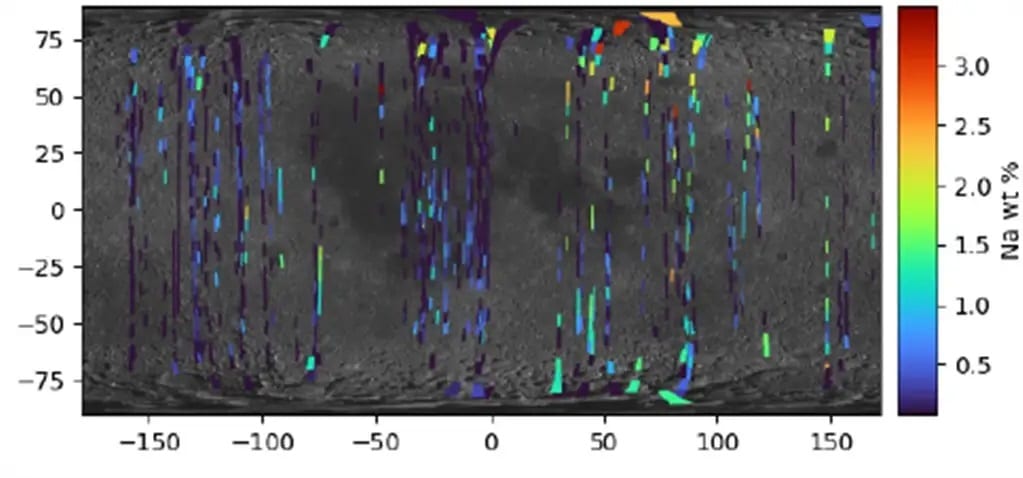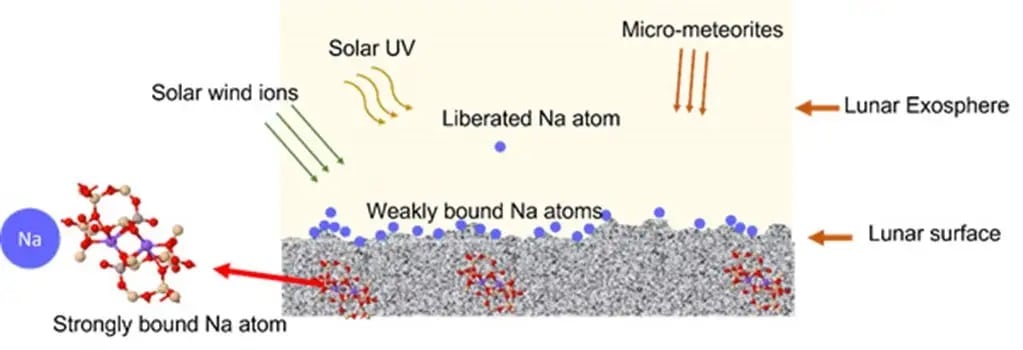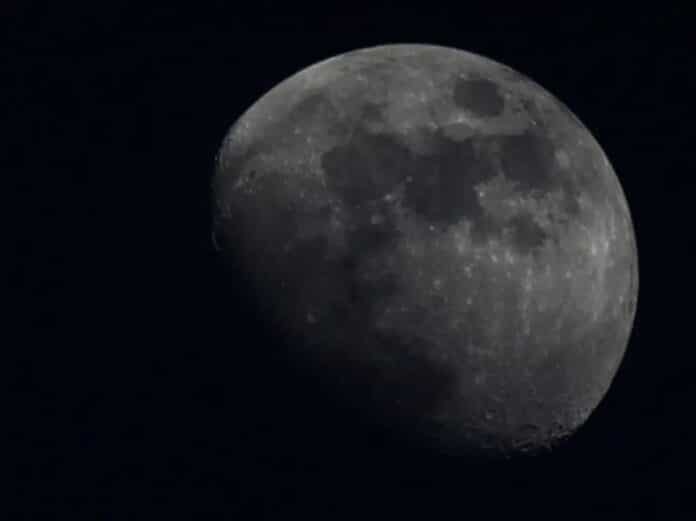The Moon is significantly depleted in volatile elements when compared to Earth. One such element is sodium. Sodium is a lithophile that can be used as a tracer of the volatile history in planetary bodies. Many exoplanetary systems and bodies in our solar system have been found to have sodium. Similarly, sodium abundances have been measured in the returned soil (bulk composition) samples from Apollo, Luna, and Chang’e-5.
Now, Chandrayaan-2 mapped the abundance of sodium on the Moon for the very first time using its large area X-ray spectrometer, called CLASS. Thanks to its excellent sensitivity and performance, CLASS offers clear signs of the sodium line. According to the study, a portion of the signal may have come from a thin layer of sodium atoms that are only weakly bonded to the lunar grains.

Solar wind and ultraviolet light can readily push these sodium atoms away from the surface compared to if they were a part of the lunar minerals. The surface sodium is also shown to vary during the day, which helps to explain how the exosphere is sustained by a constant flow of atoms.
The occurrence of this alkali element in the Moon’s thin atmosphere, where atoms seldom ever collide, is an intriguing feature that raises interest in it. This area, known as the “exosphere,” starts at the Moon’s surface and stretches for several thousand kilometers before merging with interplanetary space. In 1988, Potter and Morgan observed sodium atoms in the lunar exosphere from the ground.

Since then, ground telescopes have taken images of this faint sodium glow around the Moon, which is just the color of light emitted by a sodium vapor lamp. The new findings from Chandrayaan-2 provide an avenue to study surface-exosphere interaction on the Moon, which would aid the development of similar models for Mercury and other airless bodies in our Solar System and beyond.
Journal Reference:
- S. Narendranath, Netra S. Pillai et al. Sodium Distribution on the Moon. The Astrophysical Journal Letters. DOI: 10.3847/2041-8213/ac905a
